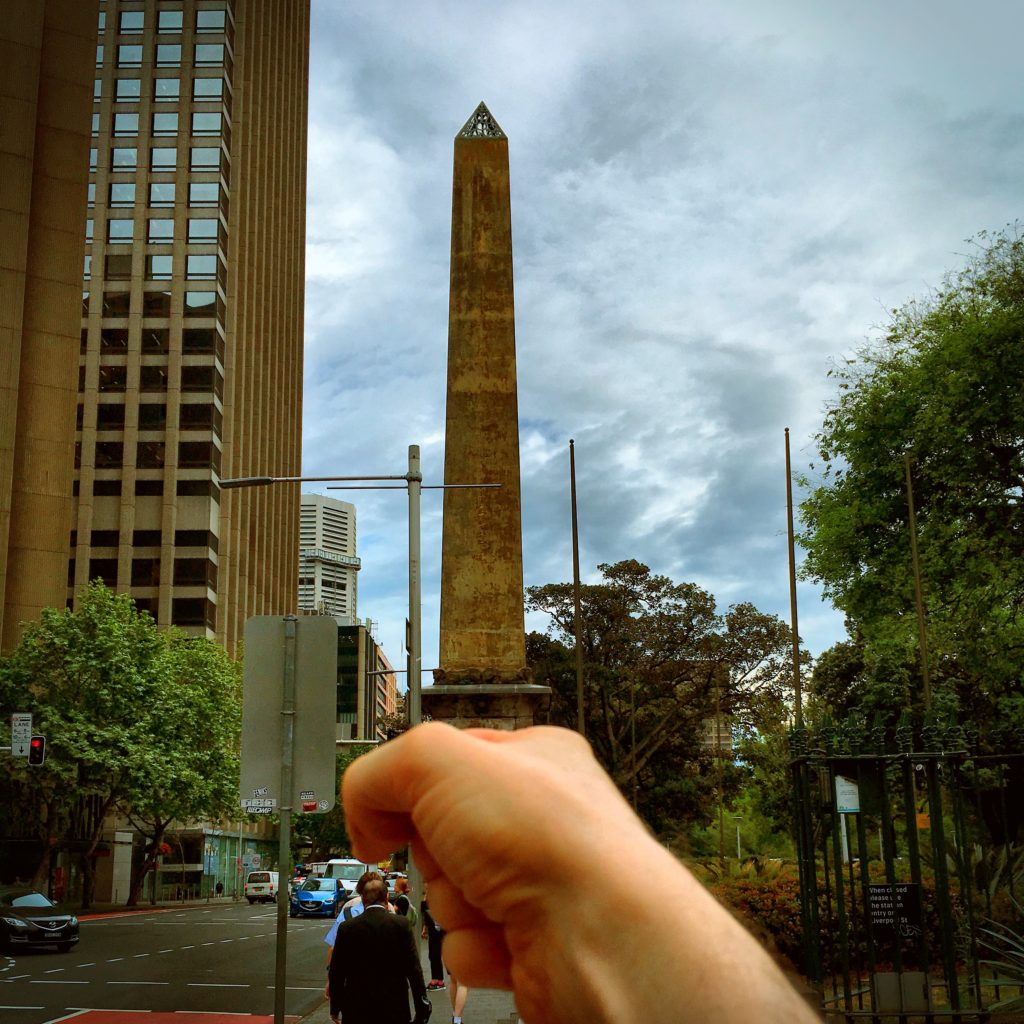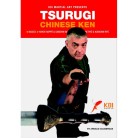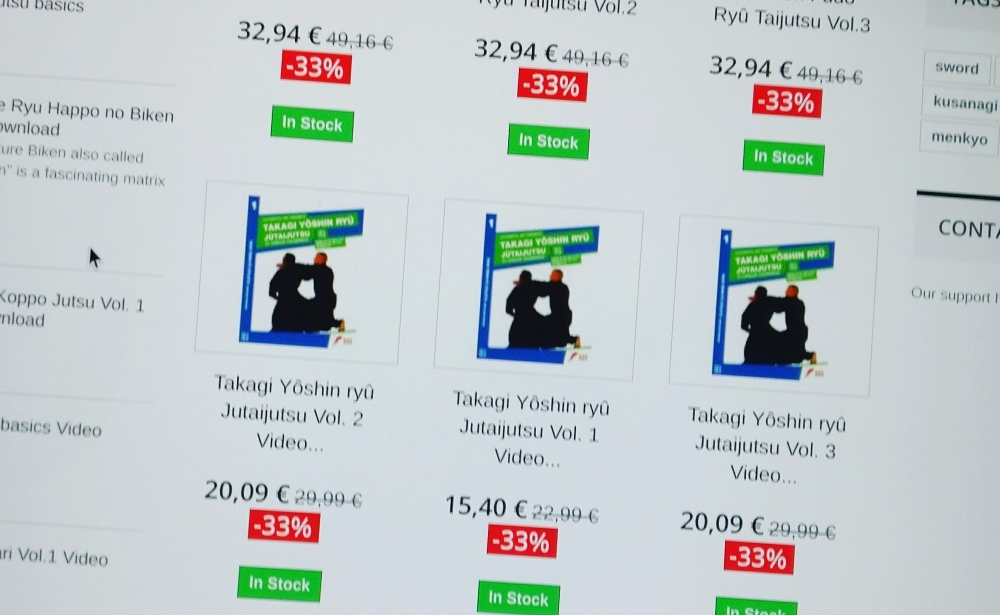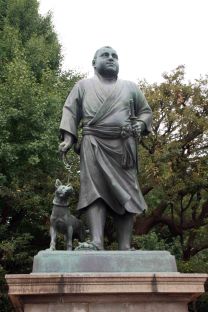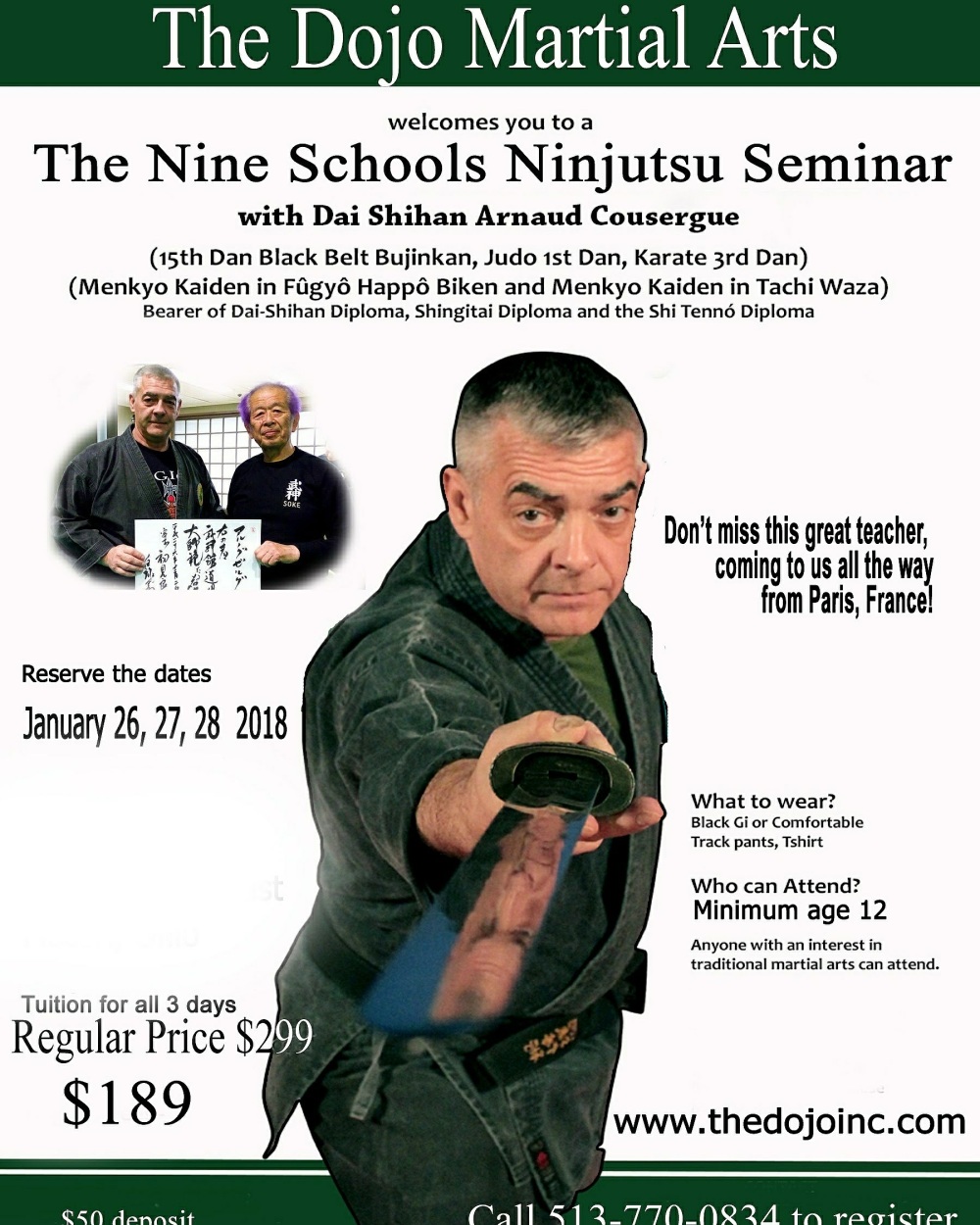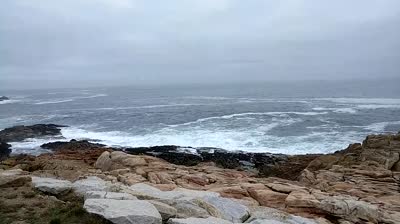A Pointed Attack
From Bujinkan Santa Monica by Michael
 |
| shrine to 蔵王権現 Zaō gongen. photo by Michael Glenn |
Earlier that afternoon in Japan I visited a mountain shrine to the Shugendō deity 蔵王権現 Zaō gongen. The Meiji government had abolished such shrines, but this one was still hidden in the shade of the forest. Probably too small to bother with.
Through the broken sunlight, I spotted the stone monument. A bleached white object caught my eye at the base of the mossy grey stone. Someone still active in the shamanistic practice of Shugendō had laid a lone antler and a skull on the rock.
Zaō gongen is often portrayed forming the 刀剣印 tōken-in sword mudra by his hip. This mudra is a wrathful hand gesture for conquering evil. I did not expect that later that evening I would see an active variant of this mudra used in combat.
When the attacker came in, Hatsumi Sensei would point and his attention would be caught. Then Soke would redirect it. This is a method for shaping the kukan. You must understand that kukan is not just the physical space between the fighters. It also holds the much larger space that exists in the fighter's mind. If you control that, you control the fight.
In Japan, there is a similar practice for controlling one’s own mind and manifesting this in the physical world. It is called 指差喚呼 shisa kanko (pointing and calling) and is a safety measure. You will see it at train stations with the white gloves. It provides the engineer with an extra indication as to whether a switch has been turned on or off, or whether the train station platform is clear before and after departure.
When Soke pointed he caused the opponent to change his focus or move his intention in a certain direction. The ability to do this comes from a strong kamae and the ability to manage the space and the psychology of the opponent. In fact, in one instance, Hatsumi Sensei waved the finger through the air like he was erasing smoke (it looked like 千早振る chihayafuru). When Soke brandished the finger this way, the opponent stuttered his attack and his ability to stand just collapsed.
Hatsumi Sensei told us that to do this, "You can't focus on any one point. It's like cutting through the kukan. This is what defines 気 ki."
I certainly felt a kind of atmosphere and mood when I saw the antler that afternoon before class. And later that evening, I felt different when Hatsumi Sensei changed the spirit to one of laughter. I can't wait to go back to Japan next week!
